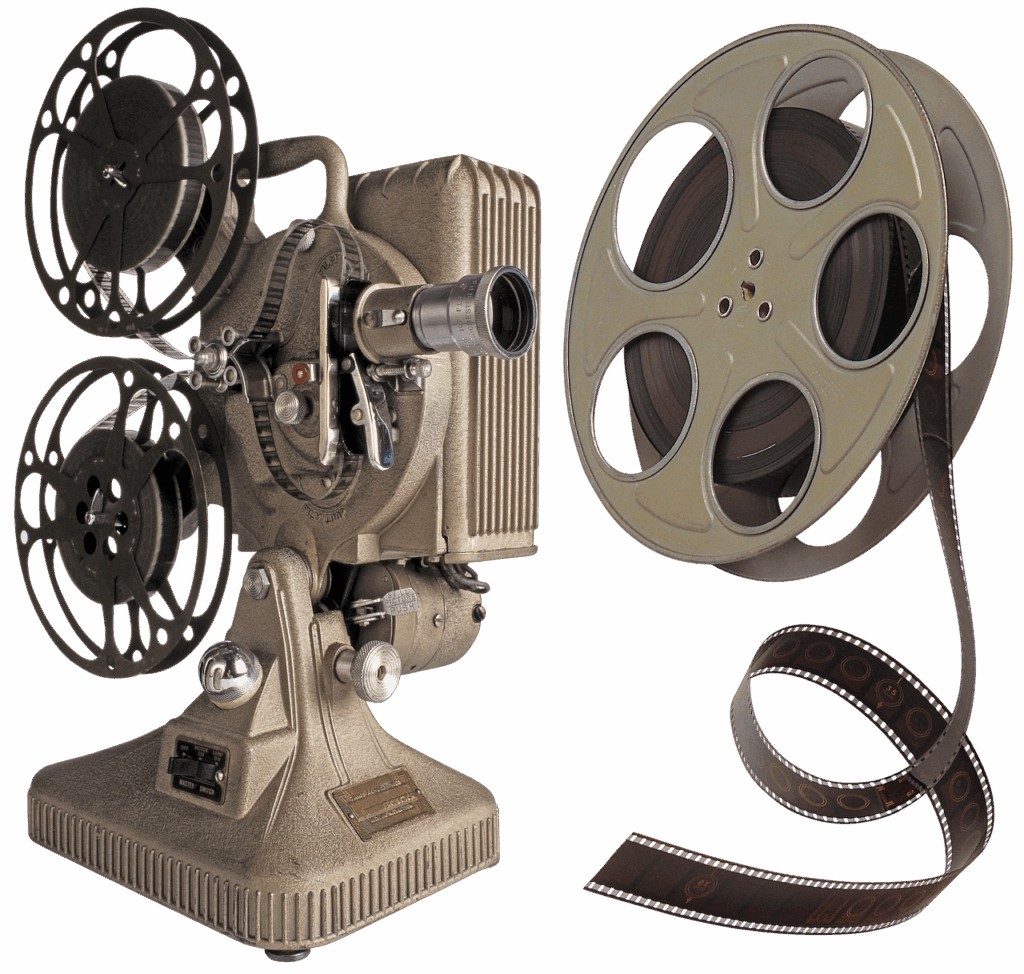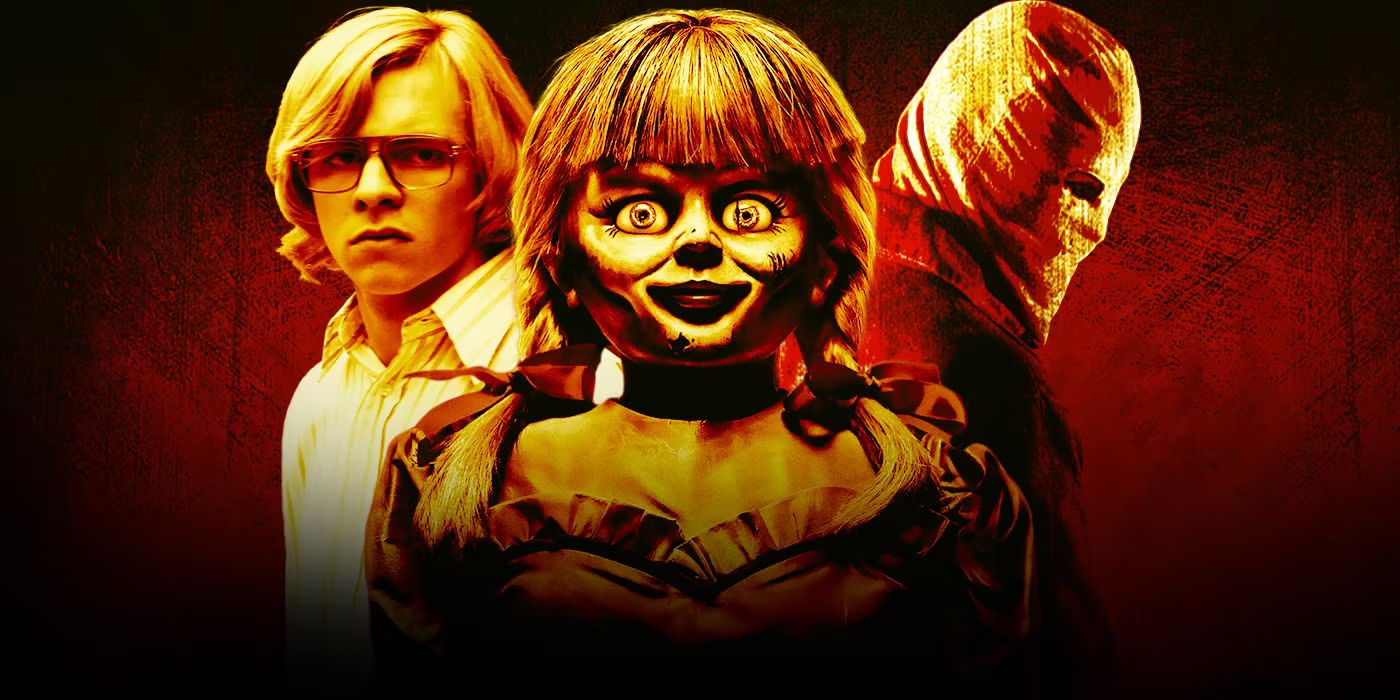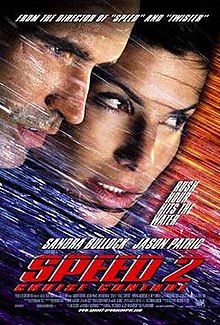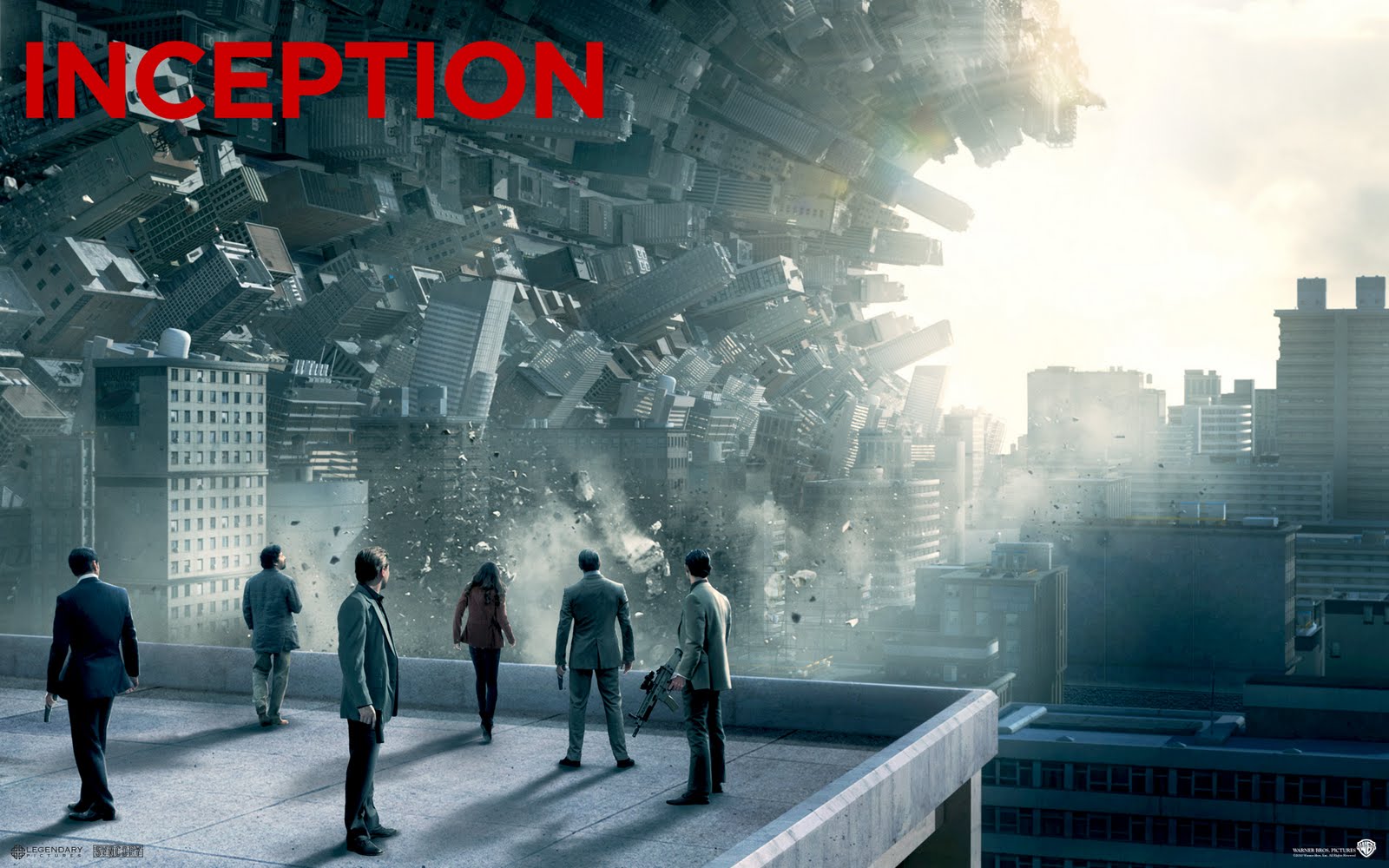
Hollywood has a long-standing fascination with history, often bringing epic tales of courage, conflict, and monumental events to the silver screen. From ancient battles to revolutionary wars, and pivotal moments of the 20th century, these films captivate audiences with grand narratives and compelling characters. Yet, as any devoted history buff or keen movie-goer knows, the line between historical fact and cinematic flair can often become wonderfully, and sometimes wildly, blurred.
The allure of historical epics lies in their ability to transport us to different eras, allowing us to witness pivotal moments as if we were there. However, the demands of storytelling – the need for dramatic tension, relatable heroes, and clear villains – frequently lead filmmakers to take significant liberties with documented events. These creative choices can range from minor embellishments to outright fabrications, sparking debate among historians and fans alike.
In this in-depth look, we’re peeling back the layers of some of the most memorable historical epics, celebrating their cinematic achievements while also shining a spotlight on where they chose to ‘make up more than they showed.’ Get ready to discover the fascinating discrepancies between the on-screen spectacle and the actual historical record, as we explore how these films, while entertaining, often rewrote reality.

1. **Amistad**Steven Spielberg’s 1997 film, *Amistad*, delivered a powerful and impactful cinematic rendition of the true 1839 slave ship rebellion and its subsequent, pivotal Supreme Court case. It brought to widespread attention a crucial yet often marginalized segment of American history, vividly depicting the inherent brutality and dehumanization of slavery. The film’s narrative skillfully builds towards a gripping legal battle for human freedom, resonating deeply with audiences.
However, *Amistad* also takes notable liberties with historical facts, particularly in its creation of clear ‘white heroes.’ While John Quincy Adams, as portrayed by Anthony Hopkins, did indeed argue for the African refugees’ freedom, the film significantly exaggerates his abolitionist convictions. Historical records suggest his antislavery stances were far more equivocal and ‘wishy-washy’ than the unwavering advocate presented on screen, simplifying a complex historical figure.
A particularly stark omission from the film’s narrative is the chilling fact that 3,000 white people paid 12 cents to stare at the Africans while they were held in jail, awaiting their trial. This uncomfortable detail, which provides crucial insight into the period’s public sentiment and racial dynamics, was entirely excluded. These selective narrative choices, while perhaps serving dramatic ends, undeniably alter the historical context, showcasing a preference for a more heroic portrayal.
Read more about: Beyond the Red Carpet: 12 Celebrities Unfiltered on the Brutal Realities of Fame and Fortune

2. **Pocahontas**Disney’s 1995 animated feature, *Pocahontas*, introduced millions to a highly romanticized version of the life of Amonute, the Native American woman famously nicknamed Pocahontas, a moniker that translates to ‘mischievous’ or ‘playful.’ The film positions her as a pivotal figure, instrumental in brokering peace between the Powhatan tribe and early 17th-century English colonizers, weaving a tale infused with themes of cross-cultural understanding, love, and environmental respect. It’s a visually stunning and emotionally resonant narrative, albeit one crafted for a family audience.
The central romantic arc of the movie, portraying Pocahontas saving Captain John Smith, is directly rooted in a story that Smith himself popularized. However, the veracity of this account remains a subject of considerable historical debate. Many historians question whether Pocahontas’s act of throwing herself over the captured Smith was a genuine act of mercy or, more plausibly, an integral part of a traditional adoption ceremony ritual that Smith, unfamiliar with Powhatan customs, profoundly misunderstood. This uncertainty highlights the subjective nature of early colonial records.
Beyond the dramatic rescue, the film’s depiction of a romantic entanglement between Smith and Pocahontas is a clear fabrication. Historically, Pocahontas was merely 12 years old at the time of these events, making any romantic involvement highly improbable and inappropriate. Her true romantic and marital life unfolded much later, when she was captured and subsequently married John Rolfe, approximately seven years after the period dramatized in the Disney film, fundamentally altering the personal narrative presented to viewers.
Perhaps the most profound and unsettling departure from historical accuracy in *Pocahontas* is the pervasive friendly and idyllic atmosphere that permeates the film. In stark contrast to the movie’s harmonious narrative, the grim reality of European settlement involved the catastrophic loss of around 90 percent of the native population, primarily due to devastating diseases and systematic genocide. This horrific truth, a far cry from ‘Disney material,’ is almost entirely absent from the film’s cheerful depiction, resulting in a sanitized and misleading portrayal of a deeply tragic epoch in American history.
The movie’s omissions and romanticizations serve to soften the harsh edges of history, presenting a comforting but ultimately inaccurate version of colonial encounters. While entertaining and visually captivating, *Pocahontas* exemplifies how storytelling imperatives can lead to a significant rewriting of historical events, particularly when sensitive and tragic subjects are adapted for a mass, family-oriented audience. It prompts a necessary discussion about the responsibility filmmakers bear when interpreting historical narratives.
Read more about: Fact vs. Fiction: Unmasking Hollywood’s Most Brazen Historical Rewrites
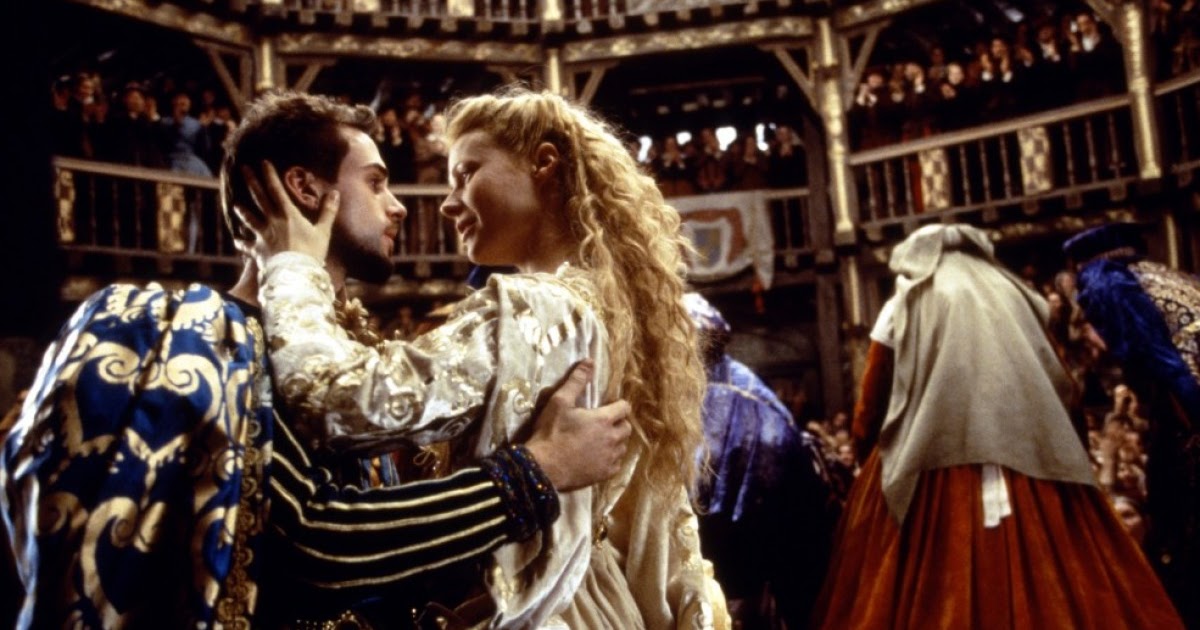
3. **Shakespeare in Love***Shakespeare in Love*, the celebrated romance, garnered widespread acclaim and numerous awards, including the Best Picture Oscar, for its enchanting narrative. The film conjures a wonderfully imaginative, though completely fictional, account of a young William Shakespeare’s romantic life, suggesting a passionate affair that ignited the creation of one of his most iconic plays. Its charm lies in its witty script, vibrant period detail, and engaging performances, drawing viewers into a romanticized Elizabethan London.
However, for scholars of Shakespeare and Renaissance history, the film is rich with glaring inaccuracies. Almost nothing proved historically accurate, from the period props to the anachronistic conversational styles of the characters, which felt more akin to a modern dating scene than the language of Elizabethan England. The filmmakers clearly prioritized narrative enchantment and romantic appeal over meticulous historical fidelity, crafting a world that felt authentic but was largely invented.
Further underscoring its historical playfulness, the movie humorously depicts Shakespeare drafting a fictional work titled *Romeo and Ethel, the Pirate’s Daughter*. While a delightful creative flourish and a nod to artistic inspiration, this play, of course, never actually existed in Shakespeare’s canon. Such artistic liberties highlight the film’s primary goal: to be a captivating romantic comedy *inspired by* the era, rather than a factual historical document, inviting audiences to revel in its delightful fantasy.
Read more about: Polly Holliday, Tony-Nominated Stage and Screen Actor Behind “Kiss My Grits!”, Dies at 88
4. **300**Zack Snyder’s *300* is a visually stunning action epic rooted in the real Battle of Thermopylae in 480 BC, where a small, valiant contingent of Spartans confronted the formidable Persian army. The film achieved cult status for its distinctive hyper-stylized action, striking slow-motion sequences, and the iconic, guttural cry, ‘This is Sparta!’ It was conceived as a thrilling cinematic spectacle, designed to glorify ancient warrior legend.
Despite its historical foundation, *300* takes significant artistic liberties. The film’s title and central narrative focus on precisely 300 Spartan warriors, a number dramatically smaller than historical estimates, which suggest closer to 7,000 Spartans, alongside other Greek forces. Moreover, the pervasive depiction of Spartans with perfectly sculpted ‘six-pack abs’ and minimalist battle attire is an aesthetic choice reflecting modern ideals, not historical military realism.
Perhaps the most glaring visual alteration is the portrayal of Xerxes, the real-life Persian king. In *300*, he is an enormous, scantily clad, god-like figure, adorned with a prominent nose ring and elaborate jewelry. Historical records, however, indicate a far more human monarch, dressed in conventional royal garments, not an otherworldly giant. These radical exaggerations transformed a historical figure into a fantastical antagonist, firmly placing the film’s narrative in the realm of mythologized history.
Read more about: 15 Vehicles Owners Wish They’d Never Bought: Your Essential Guide to Avoiding Automotive Regrets

5. **JFK**Oliver Stone’s expansive 1991 film, *JFK*, offers a deep dive into the assassination of President John F. Kennedy, spanning over three hours. It was a significant commercial and critical success, earning over $200 million and eight Oscar nominations, including Best Picture, a testament to its powerful storytelling. The movie prominently features Jim Garrison’s (Kevin Costner) investigation, proposing an intricate conspiracy that challenged established narratives and captivated national attention.
Stone asserted the film was based on extensive ‘research’ and even spurred calls for the declassification of files related to the assassination. However, many pivotal scenes in the movie are entirely fictional. A particularly dramatic instance depicts a witness being murdered after confessing to CIA involvement, a close association with Lee Harvey Oswald, and knowledge of the real killers. In reality, that same man was never found guilty and died of natural causes, highlighting a clear fabrication for dramatic effect.
The film’s compelling documentary-style opening and integrated actual footage often mislead viewers into believing they are watching a factual recount. However, much of the conspiracy evidence presented, including the false confession attributed to David Ferrie (Joe Pesci), is fictionalized. Ferrie, a real person, never made such a confession. While lauded for its filmmaking, historians largely agree that *JFK* is fundamentally a work of fiction, expertly crafted to fuel a specific, speculative narrative.
Read more about: From ‘Forever’ to ‘Forget It’: 14 Jaw-Dropping Tattoo Tales of Regret, Removal, and a Fresh Start
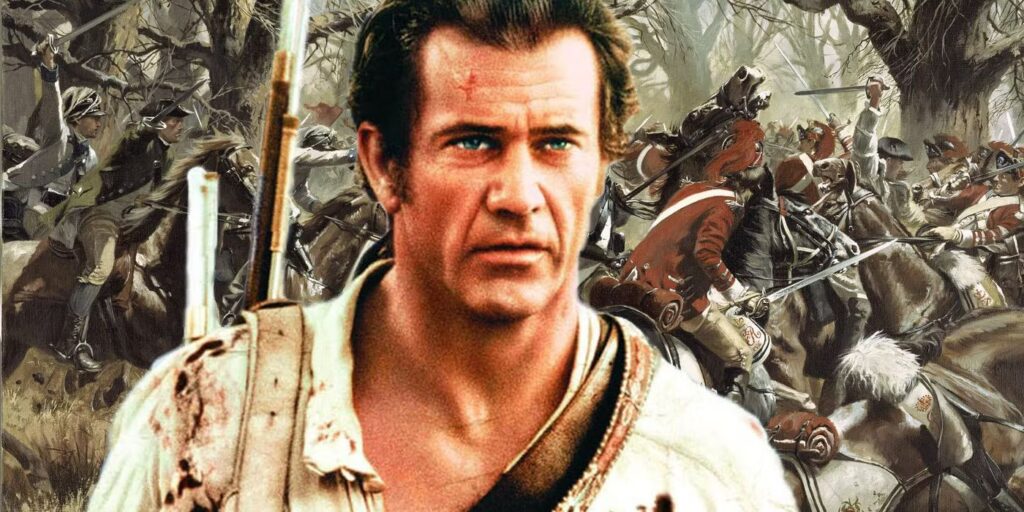
6. **The Patriot**Mel Gibson’s 2000 revolutionary war drama, *The Patriot*, plunges audiences into the brutal landscape of the American War of Independence, centered on Benjamin Martin, a widowed father reluctantly drawn into the escalating conflict. The film delivers intense battle sequences and emotionally charged family drama, intending to portray the profound sacrifices, moral ambiguities, and often savage atrocities committed during a nation’s desperate fight for freedom. It’s a visually grand and emotionally potent depiction of a pivotal historical era.
However, *The Patriot* is famously, or perhaps infamously, replete with events that simply never occurred. Even Gibson himself candidly acknowledged the film as ‘sheer fantasy’ in its historical scope. The most egregious and widely criticized fabrication is a horrifying scene where British troops are depicted locking civilians inside a church and then deliberately setting it ablaze, a barbaric act intended to portray the British as monstrous. This specific event is entirely without historical basis, yet it forms a core part of the film’s dramatic antagonist portrayal.
Adding to the film’s historical liberties, Gibson’s character frequently rails against the British for breaking the ‘rules of war.’ This notion, however, as understood in a formalized sense, largely did not exist during the American Revolution. The concept of codified ‘rules of war’ developed much later, making Martin’s accusations anachronistic and a projection of modern sensibilities onto an 18th-century conflict. This detail, though seemingly minor, underscores the film’s tendency to simplify complex historical contexts for dramatic effect.
Furthermore, *The Patriot* has been heavily criticized for its sanitized and largely inaccurate portrayal of slavery. The film shows very few enslaved individuals, and those that are represented are depicted as ‘upbeat,’ which is a profound distortion of the harsh, brutal realities of chattel slavery in the American South. This glaring omission whitewashes a fundamental aspect of colonial American society and the experiences of countless individuals, fundamentally misrepresenting the era.
The character of Benjamin Martin himself is loosely inspired by real-life figures, notably Francis Marion, a historical figure who, in reality, was known for persecuting indigenous people and committing various atrocities. The movie transforms this complex and controversial figure into an idealized family man and unblemished hero, further severing its narrative from historical truth. As critic Stephen Hunter bluntly remarked, ‘Any image of the American Revolution which represents you Brits as Nazis and us as gentle folk is almost certainly wrong,’ encapsulating the film’s deeply flawed historical representation.
Read more about: 15 Vehicles Owners Wish They’d Never Bought: Your Essential Guide to Avoiding Automotive Regrets
7. **Argo**Ben Affleck’s *Argo*, a triumph at the Academy Awards with its Best Picture win, presents a thrilling, white-knuckle account of a covert rescue mission during the harrowing Iran hostage crisis. The core premise—that a fictitious movie production was ingeniously created as a cover to extract six stranded American embassy staff from Iran—is, remarkably, rooted in actual historical events. The film masterfully builds suspense with its taut pacing, compelling characterizations, and a pervasive sense of high-stakes international espionage, delivering an exceptionally engaging cinematic experience.
Despite its critical acclaim and the true basis of its central plot, *Argo* has garnered significant criticism for its historical inaccuracies, particularly concerning the crucial role played by Canada. The movie notably and dramatically diminishes Canada’s extensive involvement and indispensable help in the operation. Historically, Canada bravely took full public credit for the rescue at the time, a strategic move designed to avert any potential repercussions linked to overt CIA involvement. This Canadian sacrifice and bravery are largely relegated to the background in the film.
Ambassador Ken Taylor, portrayed by Victor Garber in the movie, felt personally misrepresented, articulating his belief that the film made it appear as though ‘the Canadians were just along for the ride,’ when, in fact, ‘The Canadians were brave. Period.’ This powerful statement underscores the film’s narrative choice to prioritize a singular American hero’s journey over a more accurate, collaborative historical account, causing considerable international diplomatic friction and historical revisionism.
Furthermore, one of the film’s most suspenseful and memorable sequences—the dramatic airport climax where the rescued Americans face a terrifying, last-minute hurdle before their escape—is largely a product of Hollywood invention. In historical reality, the actual airport departure proceeded far more smoothly, devoid of the intense chase scenes, on-the-spot document checks, and narrow escapes depicted on screen. While these creative liberties undoubtedly amplify the film’s dramatic tension and craft an unforgettable viewing experience, they do so at the expense of precisely representing the actual, less cinematic, sequence of events and the true, shared efforts of the involved parties.
The journey through Hollywood’s historical reinterpretations continues, as we delve deeper into how iconic films have skillfully—and sometimes controversially—rearranged the facts for maximum dramatic impact. While the previous section highlighted some major offenders in the art of historical revisionism, the following eight epics continue this fascinating tradition, proving that when it comes to compelling narratives, sometimes the truth is merely a suggestion. From ancient battles to modern intellectual struggles, these movies entertain profoundly, yet often at the expense of documented reality.
Read more about: 15 Vehicles Owners Wish They’d Never Bought: Your Essential Guide to Avoiding Automotive Regrets
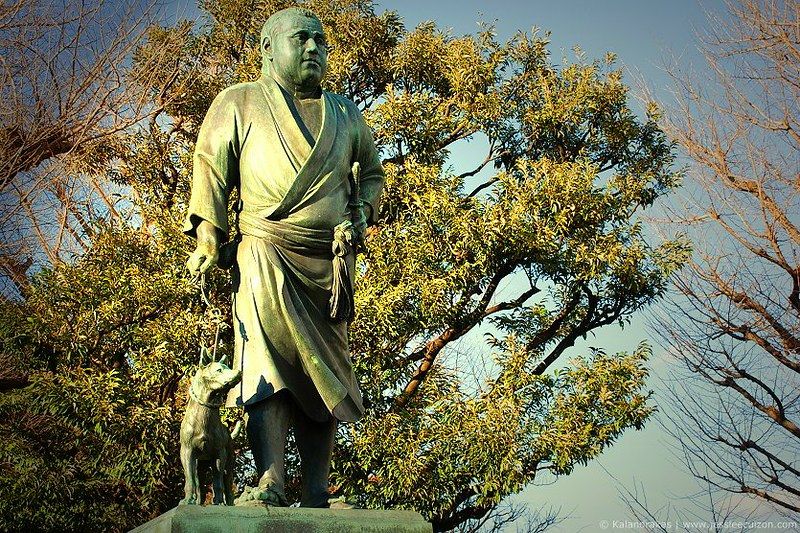
8. **The Last Samurai**Tom Cruise’s *The Last Samurai* immerses viewers in Japan’s 1877 Satsuma Rebellion, a pivotal era of rapid Westernization. This action epic compellingly explores the clash between tradition and modernity, crafting a visually rich and emotionally resonant story that captivated global audiences with its tale of the samurai’s twilight.
However, the film features Captain Nathan Algren, an American Civil War veteran portrayed by Cruise, as a central, fictional character. Historically, no such American figure was involved in the Satsuma Rebellion, making his pivotal role a significant creative liberty. This choice places a Western outsider at the heart of an internal Japanese conflict, dramatically altering the historical perspective for cinematic appeal.
Furthermore, the movie takes substantial liberties with military accuracy. It inaccurately includes ninjas, who were long inactive by this period, and heavily emphasizes sword fights over the widespread use of guns and rifles prevalent in 19th-century Japan. This romanticized focus on traditional weaponry misrepresents the era’s true warfare, prioritizing aesthetic appeal over factual history, leading to a memorable film that deviates significantly from documented reality.
Read more about: Beyond the Stunts: Why Steve McQueen’s 14 Iconic Roles Still Define Action Cool for Generations
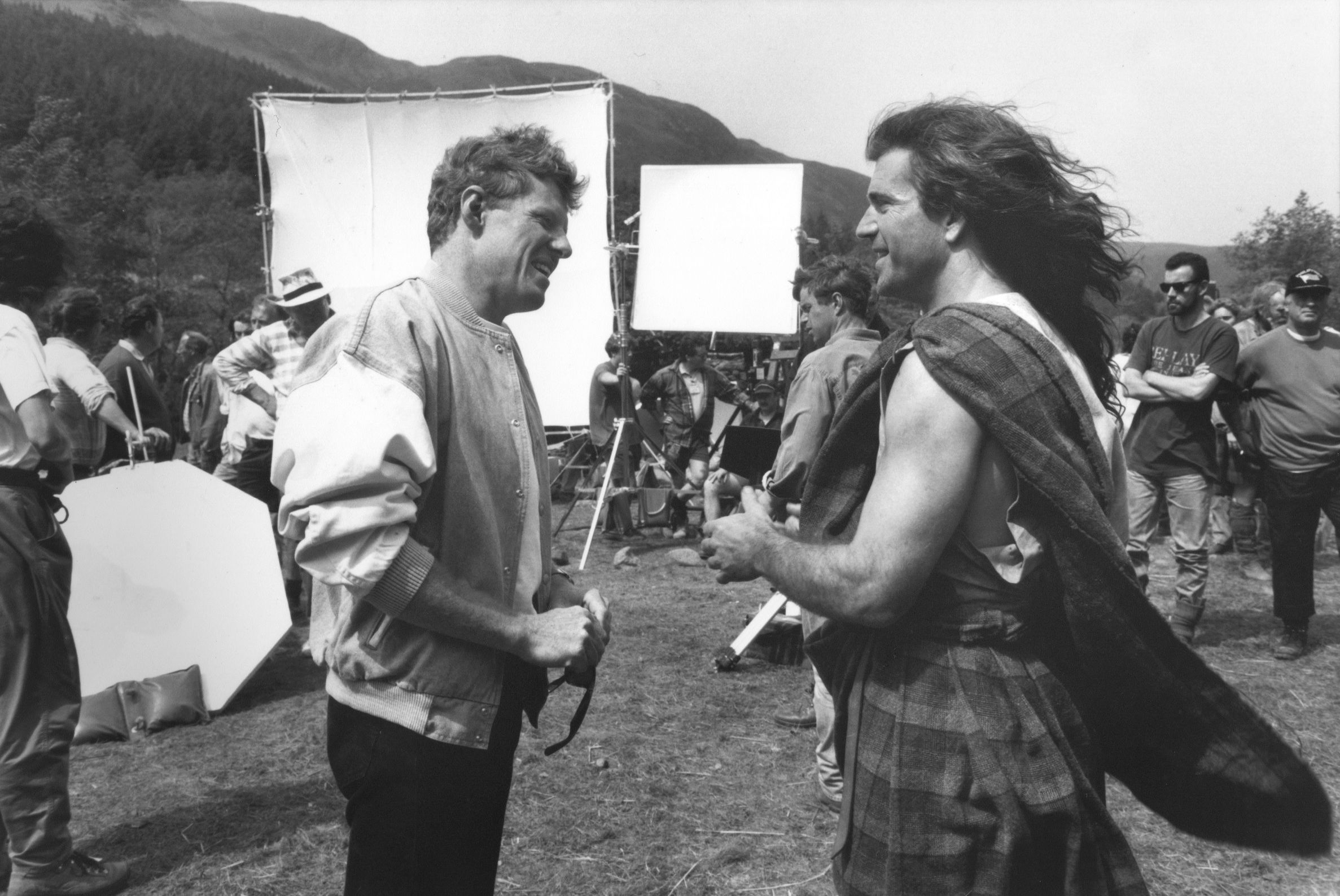
9. **Braveheart**Mel Gibson’s Oscar-winning epic *Braveheart* famously brought the Scottish rebellions against English rule in the late 13th and early 14th centuries to global attention. Its rousing speeches, brutal battle sequences, and passionate portrayal of William Wallace’s fight for freedom cemented its place as a beloved piece of cinematic history for many.
Yet, *Braveheart* stands as a notorious example of historical inaccuracy. Wallace’s background is significantly altered, depicted as a simple farmer rather than his aristocratic origins. More profoundly, the film’s central catalyst—the murder of his wife—is a complete fabrication, as very little is genuinely known about the real William Wallace’s personal life or a spouse.
The film’s most iconic scene, the Battle of Stirling Bridge, is a prime instance of revisionism. *Braveheart* portrays this pivotal conflict as an open-field melee, entirely omitting the actual bridge that gave the battle its name and was crucial to Wallace’s tactical genius. Even the title “Braveheart” is historically incorrect, traditionally referring to Robert the Bruce. These liberties firmly establish the film as a compelling fantasy rather than a faithful historical account.
Read more about: From Silver Screen Legends to Modern Powerhouses: 14 Hollywood Tough Guys Who Never Backed Down
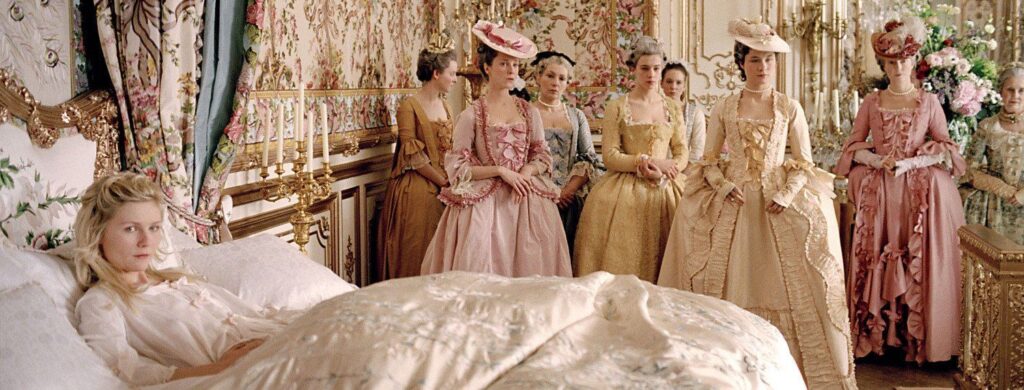
10. **Marie Antoinette**Sofia Coppola’s visually stunning 2006 biopic *Marie Antoinette*, starring Kirsten Dunst, offered a pastel-hued, punk-rock-infused look at the French queen’s opulent life in Versailles. The film focused on her youth, lavish lifestyle, and a perceived disconnect from the suffering populace, crafting a highly stylized and somewhat sympathetic portrayal.
However, historians largely criticized the film for its oversimplified and inaccurate depiction. Critics argued it reduced Marie Antoinette to a “shallow teenager in love with fashion and excess,” despite evidence suggesting she was an intelligent and politically savvy figure who evolved in her understanding of the political landscape.
The movie also, by implication, reinforces the enduring myth of her infamous line, “Let them eat cake.” Historians widely agree she likely never uttered this phrase, which was more probably revolutionary propaganda. Coppola’s film, while evocative, prioritized emotional resonance and aesthetic over strict historical veracity, creating a fascinating character study that often sacrifices documented fact for narrative impact.
Read more about: Marianne Faithfull: A Poignant Retrospective on the Life and Unyielding Legacy of a 1960s Icon
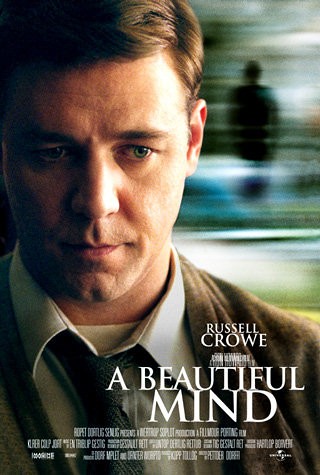
11. **A Beautiful Mind**The 2001 biographical drama *A Beautiful Mind*, starring Russell Crowe as mathematician John Nash, earned widespread acclaim for its powerful storytelling on mental illness. The Oscar-winning film brought the challenging realities of schizophrenia and the human mind’s resilience to a broad audience, aspiring to inspire and enlighten.
Despite its cinematic success, the film faced criticism for not always accurately portraying the actual man or the intricate complexities of his mental illness. Nash’s schizophrenia manifested differently in reality than its cinematic depiction. The movie took significant liberties with his hallucinations and treatment timeline, simplifying a complex journey for dramatic and accessible narrative.
Furthermore, while the film conveyed the “harrowing way” Nash dealt with his schizophrenia, “much of the events of Nash’s life are not accurate, or even fabricated.” Many specific details of his personal life, relationships, and career were altered. The filmmakers prioritized a compelling story about overcoming adversity over a meticulously documented account, earning the film a “50% in its accuracy” from critics.
Read more about: Jessica Biel’s Journey: Unpacking the Gorgeous Transformation of an A-List Icon Through the Years

12. **Pearl Harbor**Michael Bay’s 2001 blockbuster *Pearl Harbor* aimed to be a sprawling, action-packed romance set during one of America’s most devastating historical events. Combining a star-studded cast with spectacular visual effects, the film sought to convey the shock and tragedy of the attack, intertwined with a dramatic love triangle.
However, *Pearl Harbor* is famously riddled with historical inaccuracies. One of the most egregious fabrications is the depiction of Japanese planes deliberately targeting a civilian hospital, an event that never occurred. Survivor reports confirm Japanese pilots “avoided firing on civilian buildings,” even at their own risk. Director Michael Bay reportedly admitted adding this false scene to make the attack appear more barbaric, a puzzling choice given the true devastation.
Beyond this, the film takes liberties to boost star power. Ben Affleck’s character, for instance, participates in three distinct monumental events—the Battle of Britain, Pearl Harbor, and the Doolittle Raid—a historical impossibility. Similarly, Franklin D. Roosevelt is shown dramatically rising from his wheelchair, an event “totally made up” by scriptwriters. These choices underscore a narrative where historical fidelity is sacrificed for heightened drama and emotional impact.
Read more about: The Enigma and Tragedy of Linda Darnell: An In-Depth Look at a 1940s Hollywood Star

13. **U-571**The 2000 submarine thriller *U-571* presented a gripping tale of a US submarine crew’s mission to capture a German Enigma machine in 1942. The film built significant suspense around high-stakes espionage and naval warfare, captivating audiences with its underwater action and the Enigma code’s critical importance.
However, *U-571* sparked intense historical outrage, particularly among British scholars. The entire premise—Americans capturing the first German Enigma Machine in 1942—is fundamentally incorrect. The British ship HMS Bulldog had successfully captured an Enigma machine a full year earlier, long before the US entered World War II.
The film’s distortions were so profound that Prime Minister Tony Blair condemned it, calling it “an affront” to British sailors. By 1942, Britain had already “cracked the Enigma code,” rendering the film’s premise obsolete. These inaccuracies underscore how *U-571* undermined the true Allied efforts for an American-centric narrative, causing significant diplomatic friction.
Read more about: 6 War Movies That Totally Face-Planted: A No-Holds-Barred Look at Films That Haven’t Aged Well
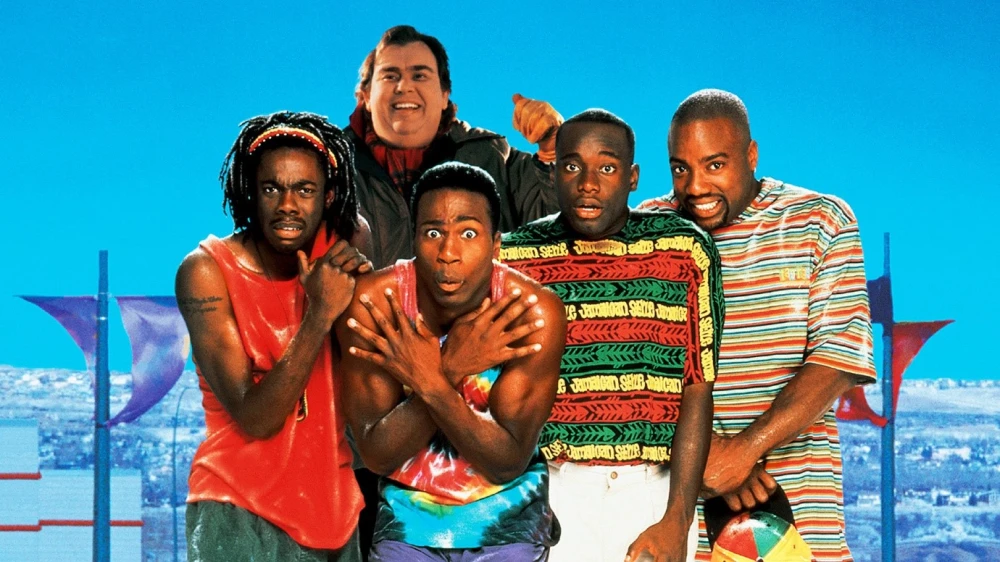
14. **Cool Runnings**Disney’s 1993 feel-good film *Cool Runnings* remains a beloved classic, telling the inspiring story of the Jamaican bobsled team’s unlikely journey to the 1988 Winter Olympics. Its charm lies in humor, heartwarming narrative, and themes of perseverance, making it a family favorite that takes significant “creative license.”
While based on a true story, *Cool Runnings* diverges from many real aspects of the team’s experience. The film depicts members as track sprinters, but the actual team was mostly recruited from the Jamaican army. The coach, Irv, is entirely fictionalized, and the team’s Olympic experience differed considerably from the portrayal.
Contrary to being “shunned,” the real Jamaican bobsled team was “celebrated” and incredibly popular. The dramatic climax where the team carries their broken sled across the finish line is also entirely fabricated. While these embellishments craft a compelling cinematic journey, they significantly diverge from actual events, illustrating how a “wonderful movie” can be built on dramatic invention.
Read more about: Beyond the Laughs: Meet John Candy’s Incredibly Talented Actor Kids and His Artistic, Private Wife

15. **Gladiator**Ridley Scott’s epic 2000 film *Gladiator* is a cinematic masterpiece, celebrated for its stunning visuals and powerful performances. Winning the Best Picture Oscar, it captivated audiences with the story of Maximus, a Roman general seeking vengeance in the arena. It remains a “truly great movie” with unforgettable set pieces.
However, *Gladiator* famously “plays very fast and loose with the facts.” One glaring inaccuracy is Commodus (Joaquin Phoenix) murdering his father, Marcus Aurelius. Historically, Marcus Aurelius died of natural causes, likely from the Antonine Plague, not at his son’s hand, a dramatic alteration fueling the film’s central revenge plot.
Furthermore, the film’s portrayal of gladiator battles as brutally violent, chaotic free-for-alls deviates significantly from historical evidence. Professor David Potter noted that “most fights ended with first blood or surrender, not death,” and typically involved “one-on-one combat.” Gladiators were valuable assets, and extreme violence resulting in death was usually reserved for prisoners of war and criminals, not professional fighters. These cinematic choices enhance drama but distort Roman history.
Read more about: These 12 Hollywood Icons Are So Universally Loved, You’d Be Hard-Pressed to Find a Hater
The extensive list of films we’ve explored underscores a fascinating tension in filmmaking: the delicate balance between historical accuracy and compelling storytelling. While it’s easy to critique these movies for their historical missteps, it’s also crucial to acknowledge that their primary goal is often entertainment and dramatic impact, not a documentary-level recounting of events. Directors and screenwriters frequently make calculated decisions to alter facts, invent characters, or condense timelines to fit a narrative arc, create clear heroes and villains, or simply heighten the emotional stakes. These creative liberties, while sometimes frustrating for history enthusiasts, are often what transform a collection of facts into a captivating cinematic experience that resonates with millions. Ultimately, understanding these discrepancies allows us to appreciate these films both as works of art and as starting points for deeper historical inquiry. They are a vivid reminder that while Hollywood can transport us to the past, the true history often remains an adventure for us to discover.

